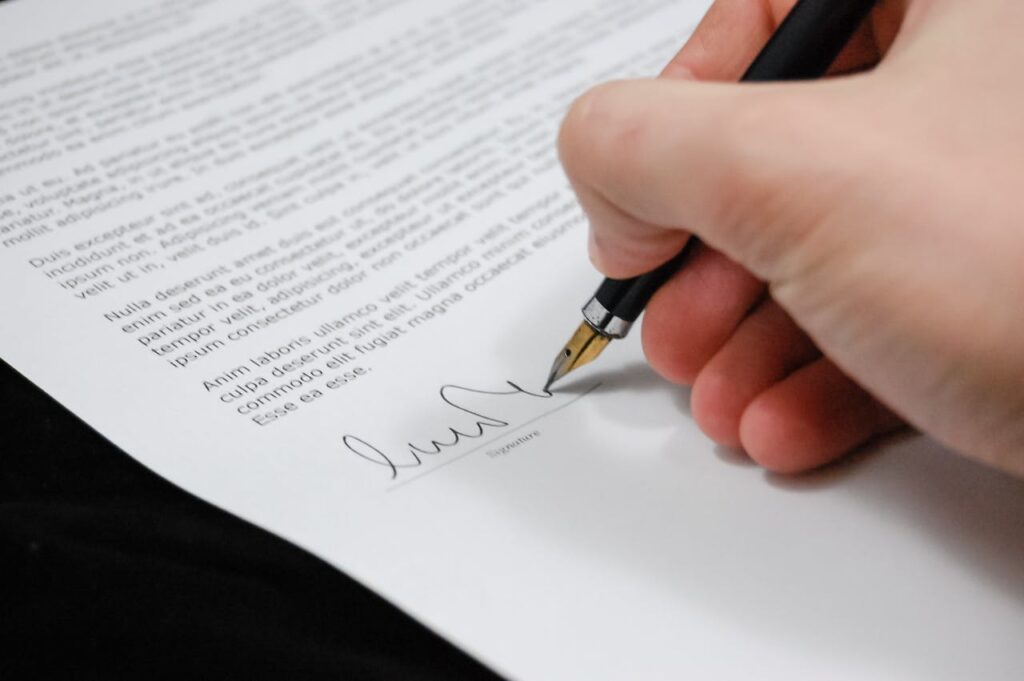Public relations plays a vital role in maximizing the impact of licensing deals and brand extensions. When companies join forces through licensing partnerships, effective PR strategies help communicate value, build excitement, and maintain brand integrity throughout the collaboration. Strategic PR messaging creates awareness, generates media coverage, and connects with target audiences while coordinating promotion between licensors and licensees. According to the International Licensing Industry Merchandisers’ Association (LIMA), global retail sales of licensed merchandise reached $292.8 billion in 2019, highlighting the significant opportunity for brands that execute licensing PR effectively.
5WPR Insights
Creating Strong PR Messaging Frameworks
Successful PR for licensing deals starts with developing clear, compelling messaging that resonates with key stakeholders. The messaging should highlight the strategic fit between partners while maintaining each brand’s unique identity and values. Research from the U.S. Chamber of Commerce indicates that 87% of consumers expect brand collaborations to align with both companies’ core values and offerings.
When crafting PR messaging for licensing deals, focus on communicating the tangible benefits for consumers. Explain how the partnership creates new value through product innovation, expanded accessibility, or enhanced experiences. For example, when Disney licenses its characters for consumer products, PR messaging emphasizes how the collaboration brings beloved characters into fans’ daily lives through high-quality merchandise.
Include concrete details about the partnership scope, timeline, and availability in press materials while avoiding overly technical licensing terms. Media and consumers want to understand what’s new and exciting about the collaboration. Statistics show that press releases for licensing deals receive 32% more coverage when they lead with consumer benefits rather than business terms.
Aligning Communication Between Partners
Coordinated communication between licensors and licensees strengthens PR impact. According to licensing industry research, partnerships with aligned messaging strategies generate 47% higher media coverage than those without formal coordination.
Start by establishing clear roles and responsibilities for PR activities in the licensing agreement. Define approval processes, response times, and points of contact to maintain consistent messaging. Regular check-ins between PR teams help identify opportunities and address challenges proactively.
Create shared messaging documents that outline approved language, key talking points, and brand guidelines. This ensures all communications reflect both partners’ standards while speaking with one voice. Include templates for common materials like press releases, social posts, and media responses.
Developing Cross-Promotional Strategies
Strategic cross-promotion amplifies licensing PR results by leveraging both partners’ channels and audiences. Research shows integrated promotional campaigns for licensing deals drive 58% higher engagement than single-channel efforts.
Social media offers powerful cross-promotional opportunities. Partners can share each other’s content, host joint social campaigns, and engage in conversation to build buzz. Live streaming product launches and behind-the-scenes content gives audiences an inside look at the collaboration.
Events and experiential marketing create memorable touchpoints for licensing partnerships. Pop-up shops, launch parties, and influencer events generate media coverage while letting consumers interact with licensed products. Virtual events extend reach to global audiences.
Measuring PR Performance
Track key metrics to evaluate licensing PR effectiveness and optimize ongoing efforts. Media monitoring tools measure coverage volume, sentiment, and message pull-through. Social listening reveals audience response and conversation trends.
Set clear KPIs aligned with business objectives like awareness, consideration, and sales. According to PR industry benchmarks, successful licensing PR campaigns typically generate:
- 25-35% increase in brand mentions
- 15-20% lift in positive sentiment
- 30-40% growth in social engagement
- 10-15% boost in website traffic
Regular reporting helps partners assess ROI and refine strategy. Compare results to baseline metrics and industry averages while identifying opportunities for improvement.
Managing Legal Considerations
PR teams must work closely with legal counsel to ensure communications comply with licensing agreements and protect intellectual property. Review processes should cover all external materials including press releases, marketing content, and social posts.
Key legal considerations include:
- Proper trademark and copyright usage
- Approved product descriptions and claims
- Geographic and channel restrictions
- Confidentiality requirements
- Partner approval rights
Document review procedures and maintain open communication between PR, legal, and licensing teams. This prevents delays while protecting both brands.
Conclusion
Effective PR strategy drives success for licensing deals and brand extensions. Strong messaging frameworks, coordinated communication, and strategic cross-promotion create impact while maintaining brand integrity. Regular measurement helps optimize performance and demonstrate ROI.
To maximize licensing PR results:
- Develop clear, compelling messaging that highlights consumer benefits
- Establish formal coordination processes between partners
- Execute integrated cross-promotional campaigns
- Track key metrics and optimize based on data
- Maintain legal compliance through documented review procedures
With global licensing sales continuing to grow, brands that excel at licensing PR gain competitive advantage. Strategic PR helps partnerships reach their full potential while building long-term brand value.

More PR Insights
Why Your SEO Team Should Sit in on PR Planning
How To Hire And Structure An Effective In-House Brand Journalism Team
Inclusive Workplace Communication: Strategies To Support Neurodiverse Teams